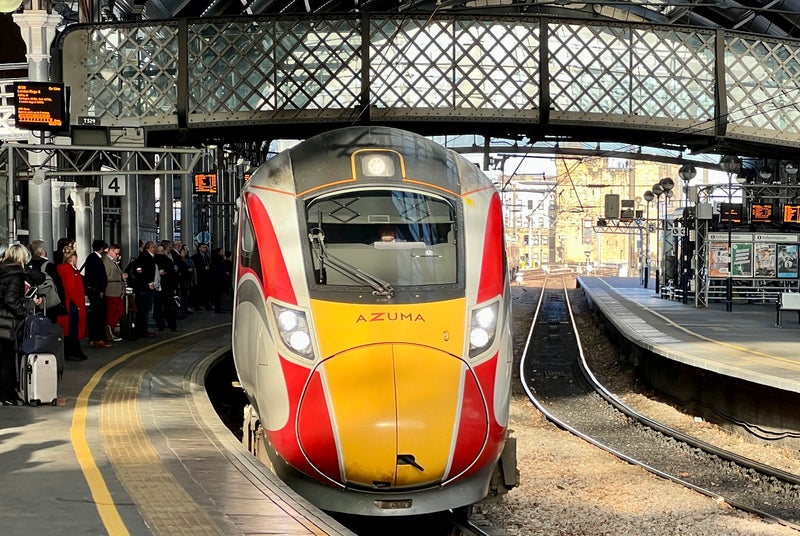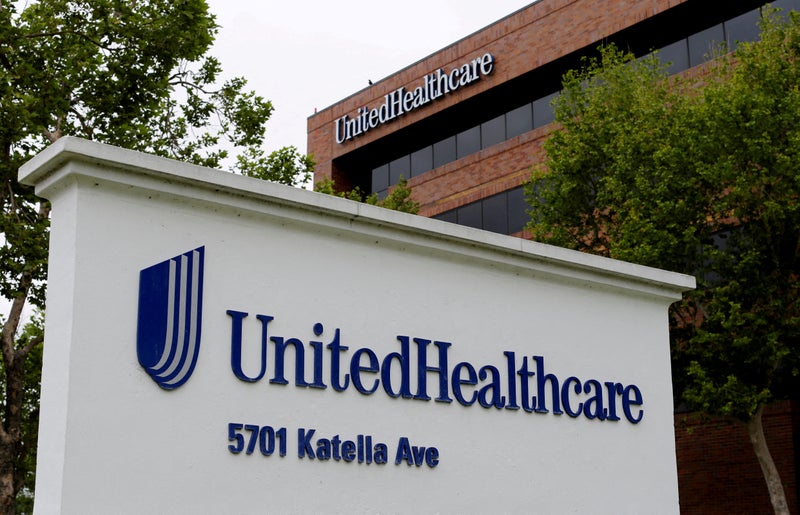The line’s director, Howard Smith, director of the Elizabeth line, also said it had not just improved links and capacity but “transformed accessibility”, with level boarding and lifts throughout, and “had vital economic impact across the whole country via a UK-wide supply chain”, including more trains being built in Alstom’s factory in Derby.
In recent reports published by Transport for London (TfL) and the engineering consultancy Arup analysing the line’s impact – based on data that was yet to capture the full swell of passengers – more than 90% of customers said it had changed their area for the better.
“We will continue to focus on improving … and look forward to introducing ten additional Elizabeth line trains to support passenger demand, including at Old Oak Common when it opens as the initial terminus for HS2 services,” he said.
TfL’s analysis shows that within a kilometre of an Elizabeth line station in London, the number of new houses is 8-14% higher, and nearly 400,000 jobs have been created since 2015.
From Paddington’s smart office development in west London, to houses, jobs and conferences landing near new stations at points east, such as Woolwich and Thamesmead, regeneration has been the story of the line.





.jpeg?auto=webp&width=800)

























